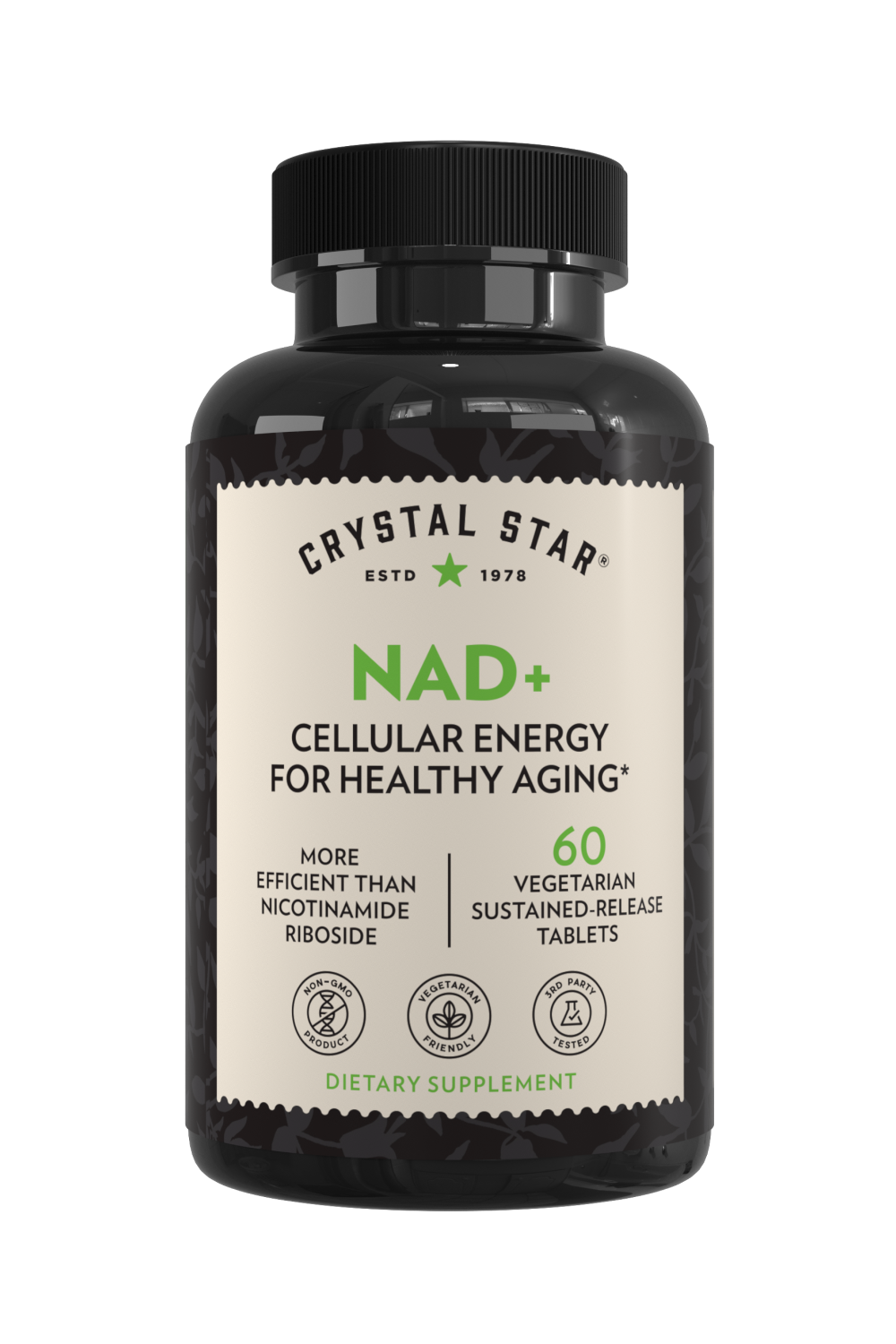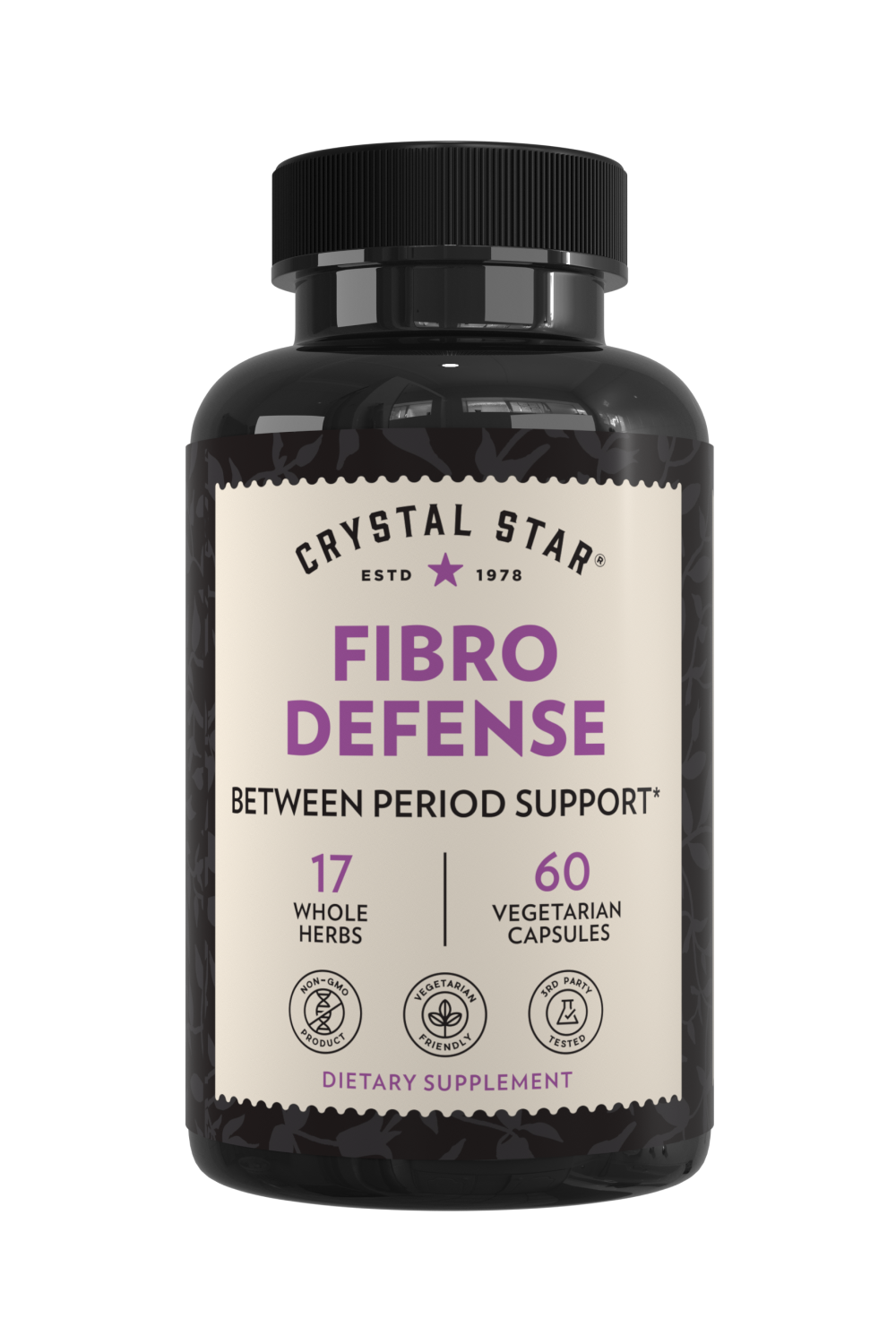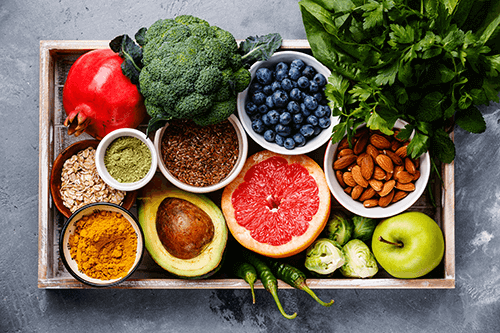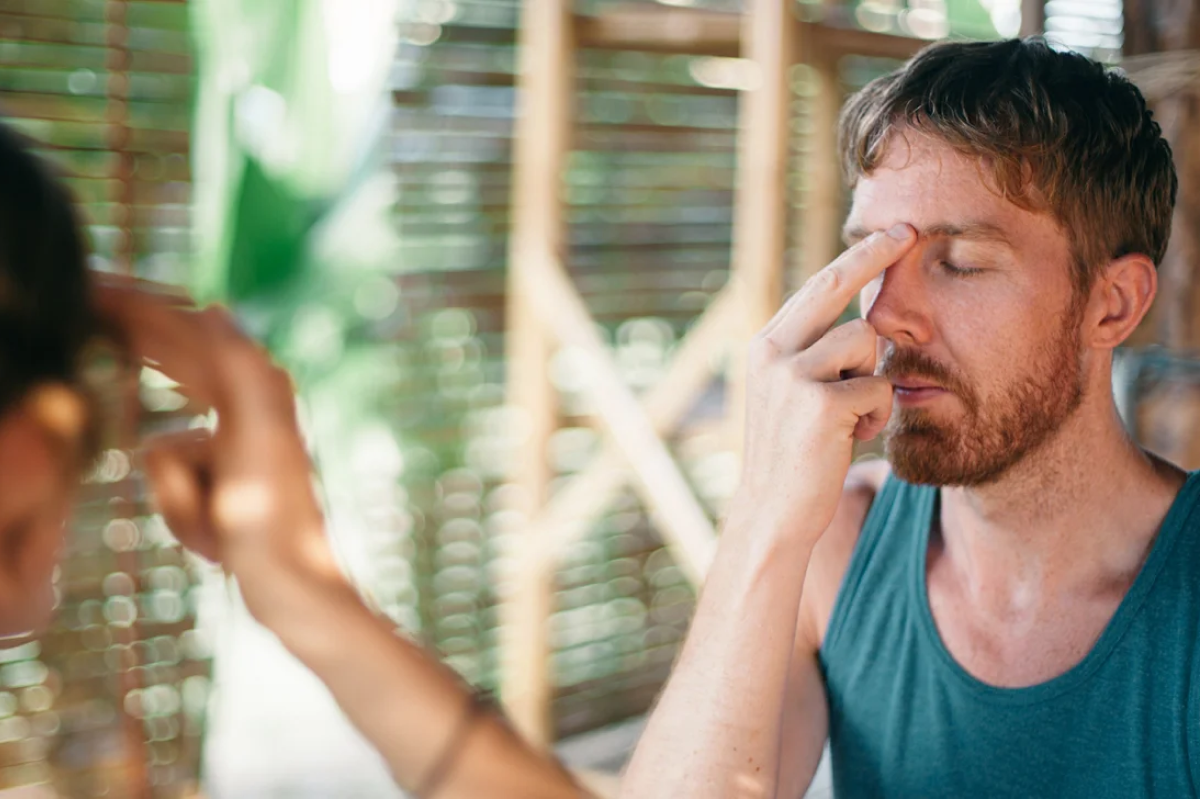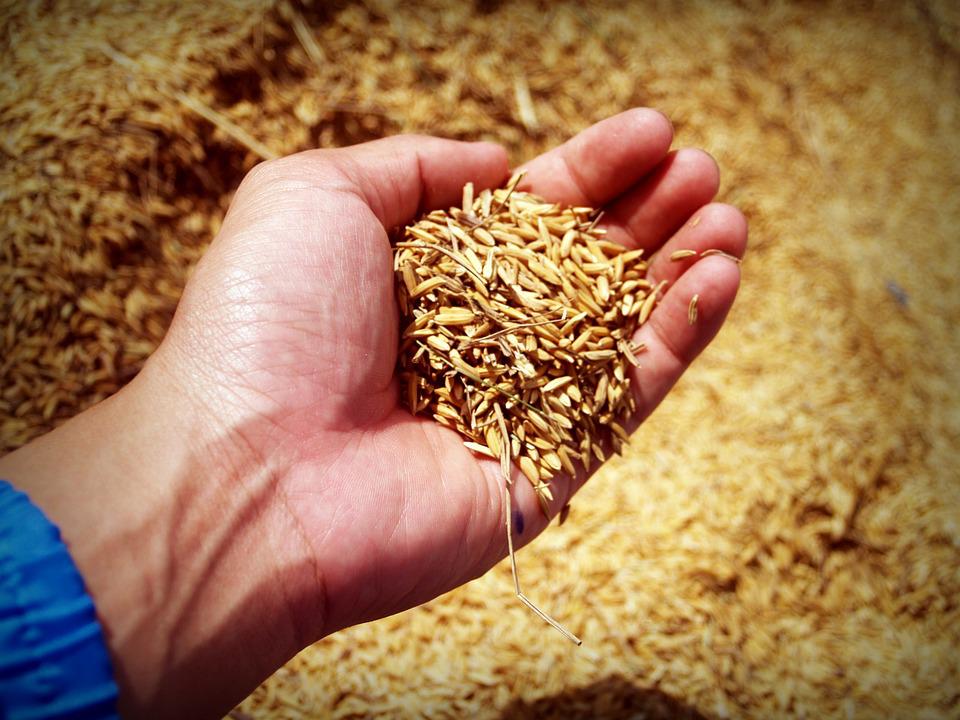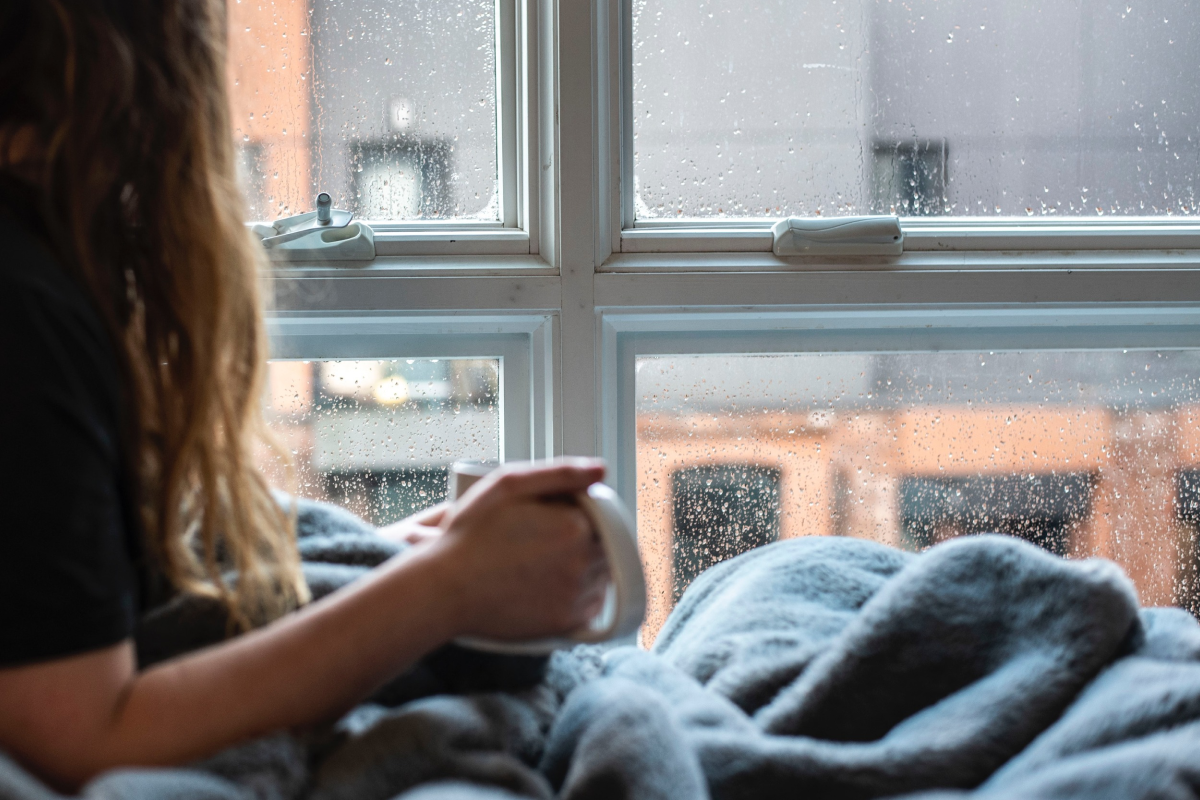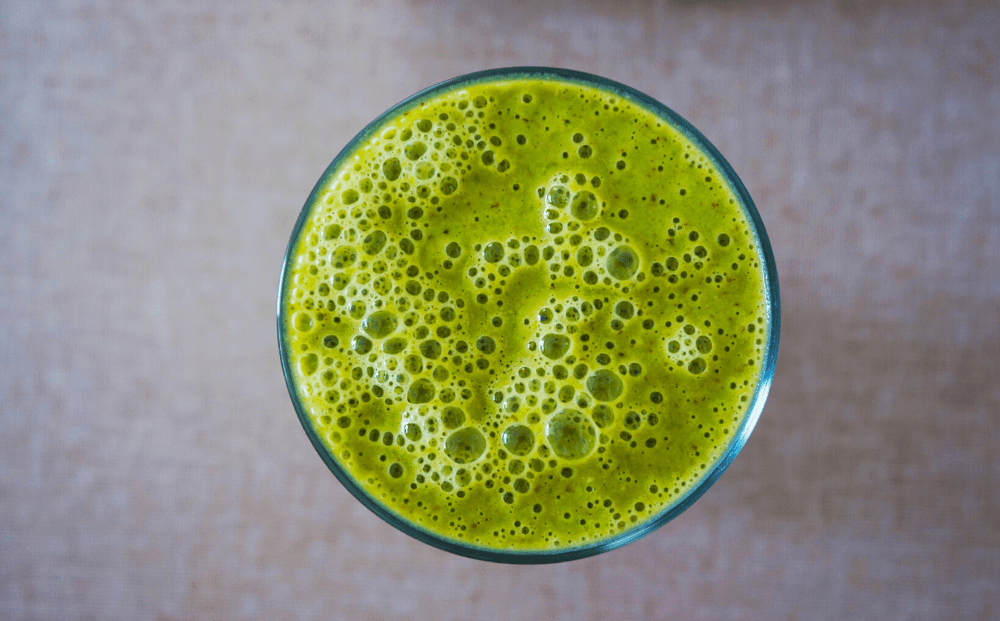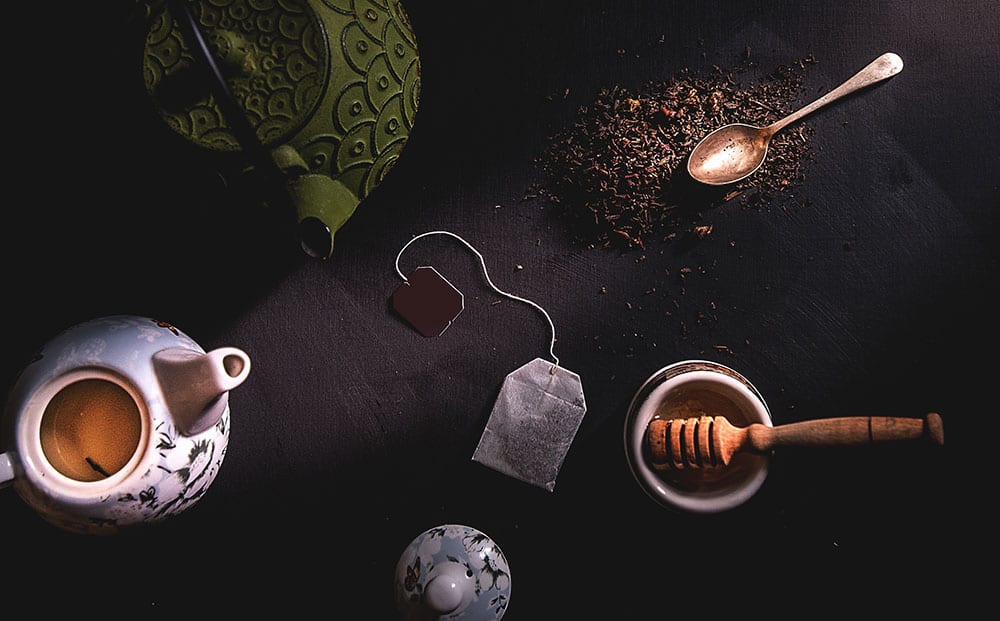
Can Drinking Tea Help PTSD Symptoms?
In the last decade, body-based therapies for post-traumatic stress disorder (PTSD) have gained traction as powerful, mind-healing tools. Trauma researchers like Bessel van der Kolk advocate yoga, somatic experiencing, and EMDR, a little-understood treatment that (we think) uses eye movement to help process traumatic memories. Neurofeedback—a guided therapy that helps you cultivate healthier brain wave patterns—is also showing promise, as is LSD, and psilocybin from mushrooms. Since 1996, the Multidisciplinary Association for Psychedelic Studies (MAPS) has researched the effects of MDMA (a component of the club drug “molly”) on anxiety and PTSD. With these studies, MAPS hopes to secure FDA approval for MDMA-assisted psychotherapy by 2021. In short, the PTSD treatments of the future look more diverse and radical than the somewhat-effective antidepressant cocktails many trauma survivors now rely on to sleep, hold jobs, and maintain relationships. But while researchers try to dispel the stigma around psychedelics and trauma survivors wonder whether insurance will cover these new treatment protocols—a full course of MDMA-assisted therapy will run about $12,000—it’s worth considering low-cost and accessible adjuncts to PTSD treatment.
Can tea improve your mood?
While PTSD’s drastic mood changes can be daunting, the good news is that the brain is surprisingly malleable, a phenomenon that scientists call neuroplasticity. This neuroplasticity means that many of the newer mind-body therapies and psychedelic treatments under development have the potential to permanently shift the brain into a healthier pattern. But while drinking tea to ease PTSD symptoms sounds like putting a bandaid on a broken leg, this small, simple, and low-cost habit can have a helpful, if modest, impact on your mental health. So what’s so important about tea when it comes to brain health? Tea contains specific amino acid and polyphenol compounds that act on the brain’s neurotransmitters and receptors to reduce fear and anxiety. Read on for a breakdown of what they are and how they work.
What is L-theanine?
L-theanine is an amino acid that’s present in all tea from the Camellia sinensis plant, though some varieties contain more L-theanine than others. A 50mg dose of L-theanine (about the amount in a cup of matcha or gyokuro tea) has been shown to increase alpha brainwaves, which are responsible for a feeling of relaxed alertness. L-theanine also has the ability to block L-glutamic acid from binding to the brain’s glutamate receptors. People with PTSD have more of a particular type of glutamate receptor (metabotropic glutamate receptor 5) in their brains than non-traumatized people, and higher availability of these receptors is associated with mood disturbances and fear. By blocking the action of glutamate receptors, L-theanine inhibits neuron excitation in the brain, reducing feelings of anxiety. L-theanine may also promote the production of feel-good neurotransmitter dopamine and gamma-aminobutyric acid (GABA), a neurotransmitter responsible for calming the nervous system that is deficient in people with PTSD. While L-theanine content can vary widely by cultivation practices and tea variety, green tea tends to have the highest L-theanine content per gram followed by white tea, and black tea while pu-erh, a fermented tea from the Yunnan province in China, has the least. But while pu-erh isn’t rich in theanine, it still has powerful glutamate-receptor-blocking properties that researchers don’t yet totally understand. In one study, pu-erh even outperformed green and black tea when it came to inhibiting glutamate receptors.
What is EGCG?
Epigallocatechin-3-gallate (EGCG) is an antioxidant polyphenol found in all green tea. It can improve symptoms of anxiety and depression as well as PTSD symptoms. While researchers don’t know the exact role EGCG plays in reducing symptoms, one study found that it may help reverse learning and memory-based dysfunction from a traumatic event, such as avoidant behaviors and flashbacks. Some researchers have compared EGCG’s effects to those of benzodiazepines—a class of psychoactive drug that is commonly prescribed for insomnia and anxiety or panic attacks. However, unlike benzodiazepines, which pose long-term use risks ranging from dependency to dementia, the EGCG in tea is safe for consistent use.
What is the best tea for PTSD?
While pu-erh tea is a promising research avenue for PTSD, it’s the least-studied and understood of the bunch. For that reason, we recommend starting with teas that feature high levels of EGCG and L-theanine, which to date have more evidence backing their calming properties. Shade-grown green teas like gyokuro and matcha from Japan will likely contain the highest amounts of L-theanine. That’s because photosynthesis from sun exposure reduces theanine levels in tea plants. Even better? Gyokuro and matcha also tend to have high levels of EGCG.
How much tea is too much tea?
Before you start lugging around a growler full of matcha keep in mind that tea contains caffeine, which is a stimulant that can make your symptoms worse if you overuse it. For reference, a cup of matcha or pu-erh may have about half the amount of caffeine as a cup of coffee at 41-50mg, while gyokuro is a little less at 26-40mg. Find a high-quality matcha powder or gyokuro loose-leaf or pu-erh tea that you like—tea shops will often let you smell the leaves or try a cup before buying, or you can buy a custom tea sample set online. Start with one or two cups in the morning, then wait one-to-two hours for your caffeine blood concentration to peak. If you feel wired, cut back, and if you feel okay feel free to add another cup later in the day with a snack—eating can also temper caffeine’s effects. Can’t handle caffeine? Chamomile tea has calming properties, and if you’re open to trying adding a drop or two of CBD tincture, early research shows that CBD may help inhibit trauma-based memories and behaviors. Just be sure to consult your healthcare provider if you’re currently taking medication; CBD can inhibit or enhance the effects of some antidepressants commonly prescribed for PTSD.
What is PTSD?
PTSD refers to a set of changes that occur in the brain in response to a traumatic event, or series of events. Violence of all kinds, accidents or serious illness, and prolonged or severe emotional abuse can all affect brain function. Most symptoms of PTSD are due to activation in the deep structures of the brain, which are responsible for our reflexive stress, fear, and survival responses (the amygdala) as well as memory formation (the hippocampus). An overactive amygdala results in anxiety, hypervigilance, and a sensitive startle response. These symptoms make it difficult for people with PTSD to relax or fall asleep. Meanwhile, an overactive hippocampus is easily triggered and retrieves traumatic memories in response to even slight reminders of the events, leading to flashbacks and nightmares. At the same time, the prefrontal cortex (which sits directly behind the forehead) is less active. The prefrontal cortex is responsible for planning, expressing personality, controlling impulses, and regulating emotions and behavior. When it’s inhibited, the prefrontal cortex is unable to override the traumatic memories retrieved by the hippocampus or calm the fear response of the amygdala. This inhibition can lead to avoidance of potential trauma triggers, irritability, emotional numbing, and personality changes.
What causes PTSD?
While it’s true that trauma is a catalyst for PTSD, not everyone who experiences traumatic events will go on to develop it. Since trauma can be cumulative, your childhood and past experiences may also make you more or less vulnerable to PTSD. But the reasons for this are surprising. Some researchers have concluded that early trauma affects the gut microbiome, which in turn can lead to immune system dysregulation and inflammation. And inflammation markers are a strong predictor of who will be most susceptible to developing PTSD. The good news about this finding is that researchers are now exploring ways to manipulate the bacteria in our gut in order to improve resilience and resistance to diseases like depression and PTSD. One promising study showed that rats inoculated with a particular strain of bacteria (Mycobacterium vaccae) were quicker to recover from a conditioned fear response than untreated rats. Until researchers design and validate a bacteria-based therapy for PTSD, incorporating fermented foods into your diet is a safe and easy way to try to reap the mental health benefits of a thriving microbiome.
Be kind to yourself and keep trying
PTSD is a disease with complex biological causes and mechanisms. If you’re struggling, blame your biome, not your character. Survival is an act of will, but recovery often means asking for help and accepting what you’re capable of right now. Look for mental health providers with experience with PTSD and familiarity with more innovative and recent treatment modalities like neurofeedback, EMDR, and yoga. Take care of your gut health with fermented foods, and try out tea if you want. Most of all remember that your struggles aren’t permanent. With the right people guiding you through the right treatments, your brain is capable of radical change and healing.

